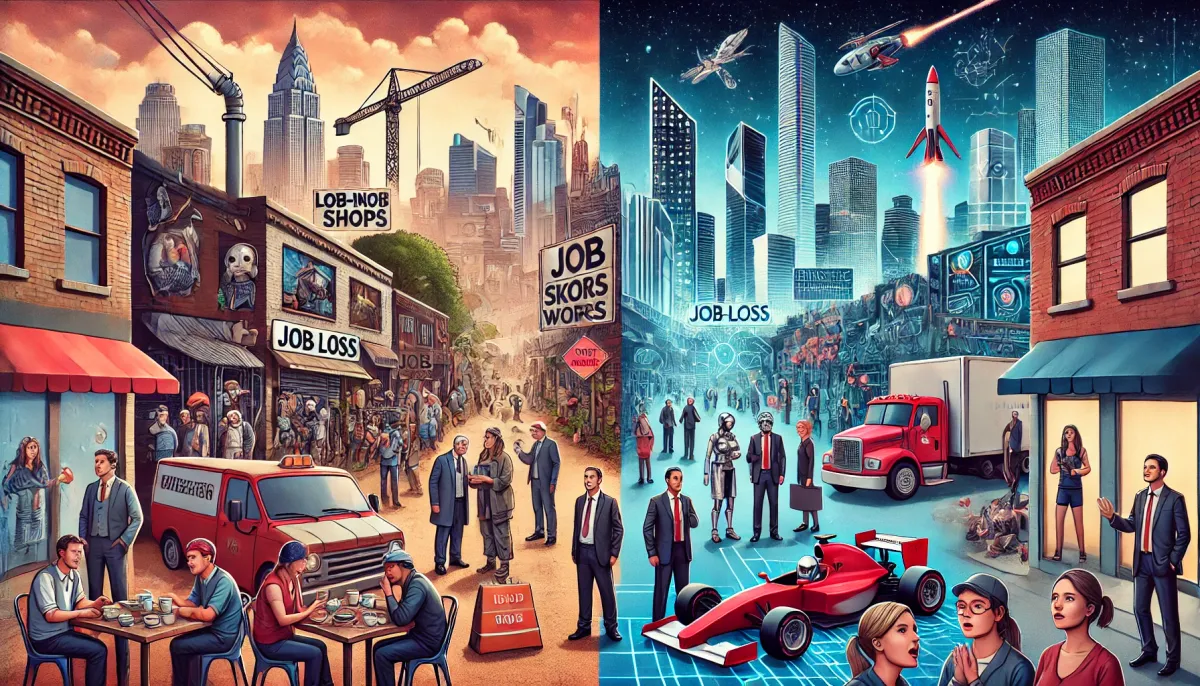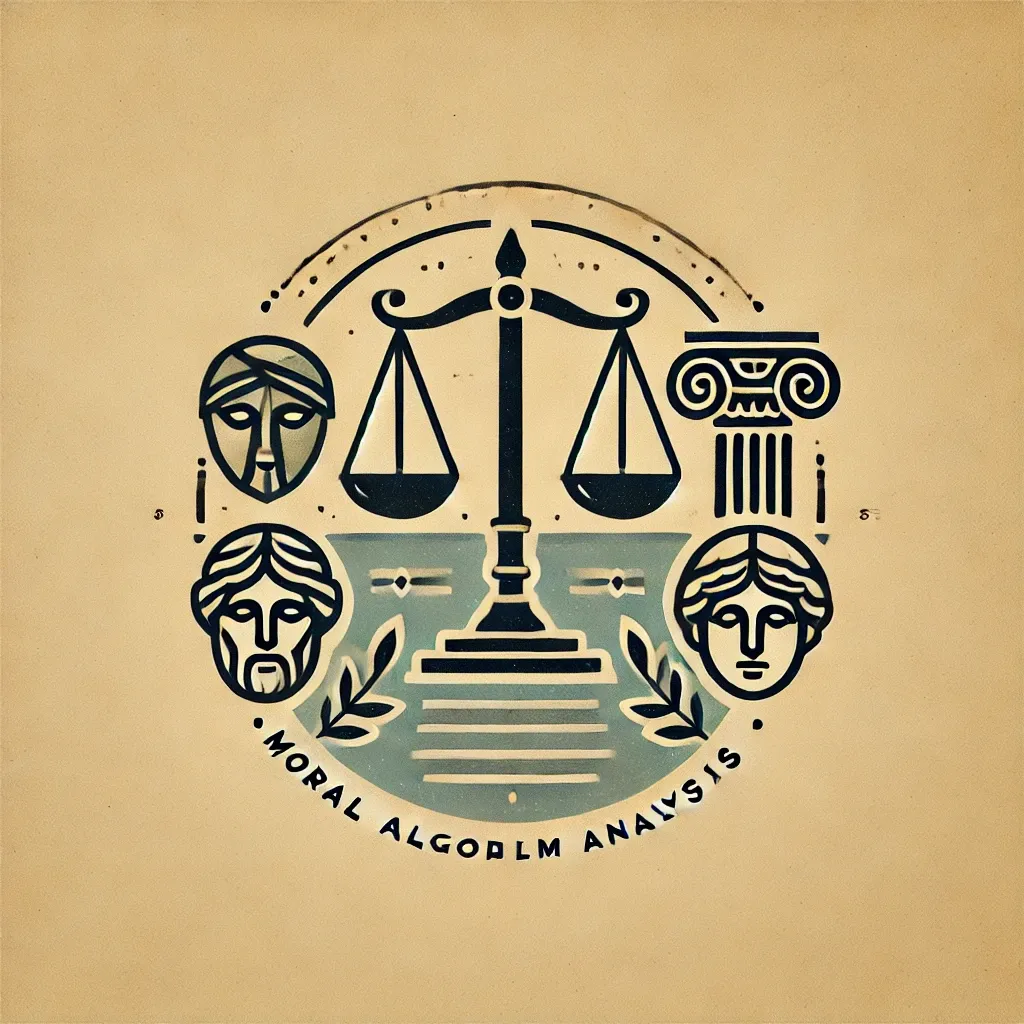Who will Feel the Most Impacts by a Trump Second Term

The impacts of policies laid out in a hypothetical Trump second term influenced by "Project 2025" and Elon Musk would be distributed differently across various demographics. Here’s how these impacts might affect different groups, separated by education, income level, and current job skills:
1. By Education Level
- High School or Less:
- Negative Impacts: People with lower education levels may face significant challenges due to increased automation and job displacement, particularly in manufacturing, retail, and service industries. Cuts to social programs might reduce access to safety nets, compounding economic pressures.
- Positive Impacts: Certain blue-collar jobs related to infrastructure projects or energy development (e.g., oil and gas drilling) may see a boost if funding shifts favor these areas.
- Associate Degrees/Technical Education:
- Negative Impacts: This group might see mixed outcomes. While some technical roles could decline due to automation, others in areas like renewable energy or tech support might grow. Budget cuts to educational programs could limit opportunities for further training.
- Positive Impacts: Opportunities may increase in technical fields aligned with Musk’s focus on renewable energy, electric vehicles, and space exploration.
- College Graduates:
- Positive Impacts: College-educated individuals, especially those with degrees in STEM, might benefit from an administration focusing on technology, innovation, and AI expansion. Roles in engineering, data analysis, and project management could become more abundant.
- Negative Impacts: Those in public sector jobs or fields dependent on government programs (e.g., social work, public education) may face job insecurity due to budget reductions.
- Advanced Degrees (Master’s and Doctorates):
- Positive Impacts: Highly educated professionals in tech, engineering, and scientific research could see a surge in opportunities, particularly in areas like AI, space research, and advanced transportation systems.
- Negative Impacts: Those in humanities and social sciences might see reduced funding and opportunities, as emphasis could shift away from public or academic funding toward private sector initiatives.
2. By Income Level
- Low-Income Individuals:
- Negative Impacts: This group would likely face the brunt of cuts to social programs and federal assistance. Reduced access to healthcare, food assistance, and unemployment benefits could exacerbate economic challenges.
- Limited Positive Impacts: Job opportunities might arise in industries bolstered by deregulation, such as energy production, but these gains may not be sufficient to offset overall disadvantages.
- Middle-Income Individuals:
- Mixed Impacts: Middle-income earners in sectors like tech, construction, or infrastructure might see growth if there’s investment in public-private projects. However, those in public service, education, or roles relying on stable government funding might face uncertainty or job losses.
- Economic Pressure: Changes to tax policies and reduced public services could lead to a higher personal financial burden.
- High-Income Individuals:
- Positive Impacts: Wealthier individuals may benefit from tax cuts and policies that favor private enterprise and deregulation. Investments in tech, energy, and infrastructure could open lucrative business opportunities.
- Minimal Negative Impacts: The high-income bracket may feel little impact from budget cuts, as they are less dependent on government services.
3. By Current Job Skills
- Low-Skilled Workers:
- Negative Impacts: Low-skilled workers in manufacturing, retail, and clerical roles could see significant job losses due to increased automation and AI integration. Reduced funding for job retraining programs may limit their ability to transition to new careers.
- Positive Impacts: Opportunities in construction or energy (e.g., oil drilling, renewable projects) might increase, but these roles would require physical labor and specific training.
- Skilled Trade Workers:
- Positive Impacts: Skilled workers in trades like electricians, plumbers, and mechanics might benefit from deregulated markets and infrastructure projects. Job security could be stronger if the administration pushes construction and industrial development.
- Negative Impacts: Reduced emphasis on union protections and labor rights might lead to more precarious working conditions.
- Technology and Engineering Professionals:
- Positive Impacts: This group stands to benefit the most, with potential for high demand in roles involving AI development, space exploration, renewable energy, and advanced manufacturing.
- Minimal Negative Impacts: They may face intense competition and job market shifts if the government prioritizes certain tech sectors over others.
- Healthcare and Education Professionals:
- Negative Impacts: Healthcare workers relying on public funding (e.g., Medicaid, public health programs) could face reduced funding, leading to fewer resources and job cuts. Educators might also see funding cuts impacting public school systems and higher education grants.
- Limited Positive Impacts: Private healthcare and education sectors might offer more jobs, but these could come with greater challenges and less job security.
- Corporate and Financial Professionals:
- Positive Impacts: This group would likely thrive under a business-friendly administration. Deregulation could boost financial markets, corporate growth, and investment banking.
- Minimal Negative Impacts: Some financial professionals might be impacted by economic fluctuations resulting from aggressive budget cuts, but overall risks would be lower than for other groups.
Summary
- Most Negatively Impacted: Low-income, low-skilled workers and those in public sector jobs. They would likely face significant challenges from budget cuts, reduced social services, and job displacement due to automation.
- Most Positively Impacted: High-income individuals and workers in STEM, tech, and skilled trades. They might benefit from deregulation, public-private initiatives, and tech-driven economic shifts.
- Mixed Impacts: Middle-income earners, college graduates, and skilled trade workers, who could experience job growth in some sectors but face challenges in others, particularly public services.
This forecast points to a future where policies might create a more polarized economy, with clear winners in high-tech, corporate, and wealthy demographics, and greater vulnerability for lower-income and less-skilled individuals.
